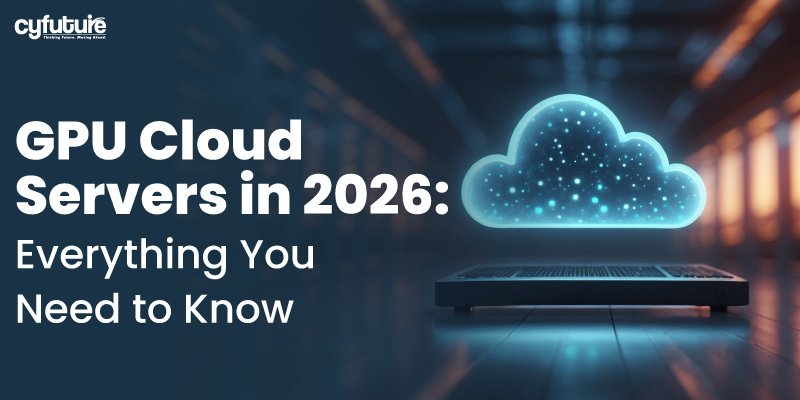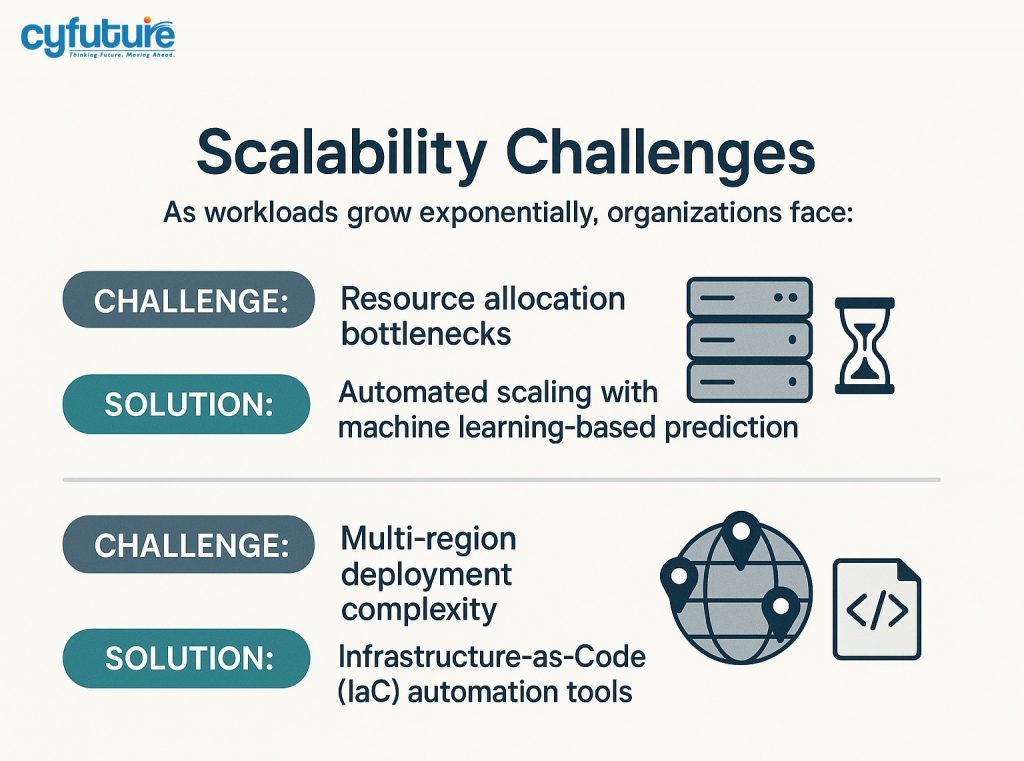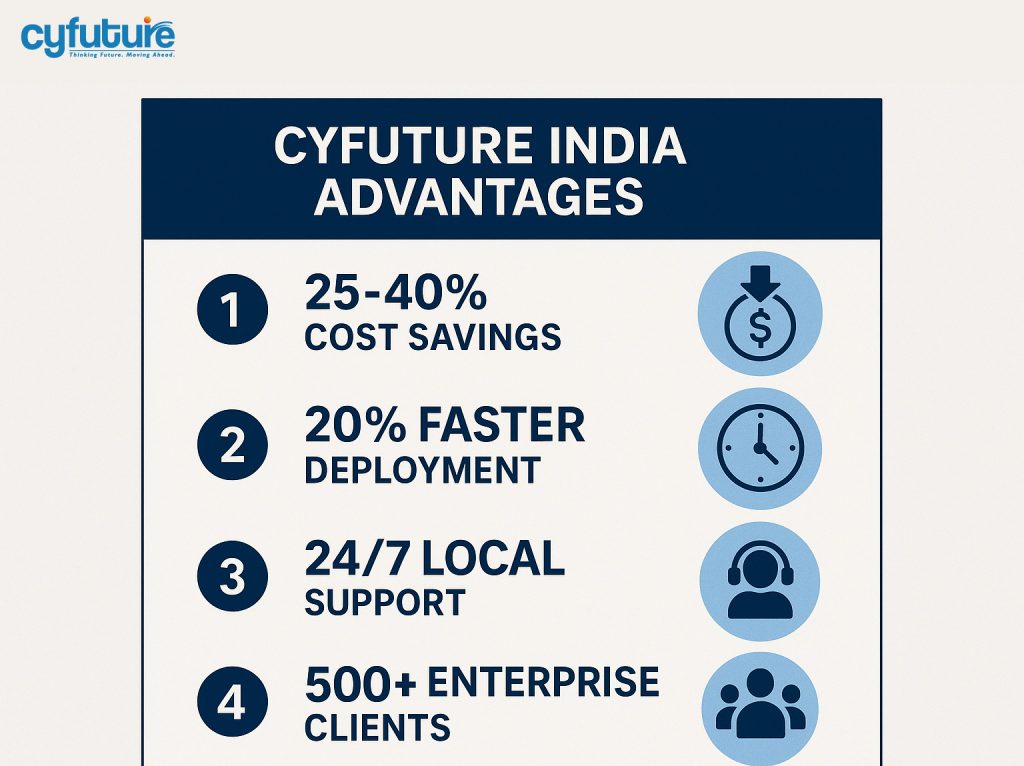-
Get Cloud GPU Server - Register Now!
Toggle navigation

Are you searching for comprehensive insights into GPU Cloud Servers and their transformative impact in 2026?
GPU Cloud Servers represent the backbone of modern artificial intelligence and high-performance computing infrastructure, delivering unprecedented scalability, cost-efficiency, and computational power for enterprises worldwide. These cloud-based graphics processing units enable organizations to access supercomputing capabilities without massive capital investments, democratizing access to AI/ML workloads, scientific simulations, and complex data processing tasks.
The landscape is evolving at breakneck speed. Here’s what’s driving this transformation:
The GPU cloud market is experiencing explosive growth, with industry analysts projecting the market to reach $47.24 billion by 2033, representing a staggering 35% CAGR from 2025 to 2033. This isn’t just growth—it’s a complete paradigm shift in how enterprises approach computational challenges.
But here’s the thing:
Understanding GPU Cloud Servers in 2026 requires more than surface-level knowledge. You need deep technical insights, market intelligence, and strategic foresight to navigate this rapidly evolving ecosystem successfully.
GPU Cloud Computing is a service model that provides on-demand access to Graphics Processing Units through cloud infrastructure. Unlike traditional CPU-based computing, cloud servers excel at parallel processing, making them ideal for:
The fundamental advantage? GPU cloud servers can achieve bandwidths of up to 1,555 GB/s compared to CPUs that typically max out at ~50GB/s, delivering unprecedented processing speeds for data-intensive applications.
The numbers tell a compelling story of unprecedented growth:
The GPU cloud market shows significant geographical variations:
Modern GPU cloud servers leverage cutting-edge hardware architectures:
NVIDIA H100 Tensor Core GPUs
NVIDIA A100 Tensor Core GPUs
AMD Instinct MI200 Series
Infrastructure-as-a-Service (IaaS)
Platform-as-a-Service (PaaS)
GPU-as-a-Service (GPUaaS)
| Workload Type | Traditional CPUs | GPU Cloud Servers | Performance Gain |
| Image Classification | 48 hours | 2.5 hours | 19.2x faster |
| Natural Language Processing | 72 hours | 4 hours | 18x faster |
| Computer Vision | 96 hours | 5.5 hours | 17.4x faster |
| Recommendation Systems | 24 hours | 1.8 hours | 13.3x faster |
Enterprise organizations report significant cost savings:
The AI revolution demands unprecedented computational power. Here’s how different sectors leverage GPU cloud servers:
Healthcare & Life Sciences
Financial Services
Automotive Industry
Scientific research institutions and engineering firms utilize GPU cloud servers for:
“The democratization of GPU computing through cloud services has revolutionized our research capabilities. We can now run simulations that would have taken months in just days.” – Dr. Sarah Chen, MIT Research Scientist
Leading enterprises adopt sophisticated deployment strategies:
Hybrid Cloud Approach
Multi-Provider Strategy
Enterprise GPU cloud deployments must address:
Understanding pricing structures is crucial for cost optimization:
On-Demand Pricing
Reserved Instances
Spot Instances
Cyfuture India’s Competitive Advantage
Cyfuture India has established itself as a leading GPU cloud provider in the Indian market, offering:
Workload Scheduling
Performance Monitoring
The convergence of quantum computing and GPU acceleration opens new possibilities:
Edge computing demands are driving innovation:
Hardware roadmaps reveal exciting developments:
2026 GPU Specifications (Projected)

The GPU computing skills gap creates opportunities:
“The biggest challenge isn’t technology—it’s finding skilled professionals who understand GPU optimization. The learning curve is steep, but the rewards are substantial.” – Tech Lead at Fortune 500 Company
CUDA Programming
Framework-Specific Optimizations
Key performance indicators for GPU cloud deployments:
Enterprise-grade security requires comprehensive approaches:
Encryption Standards
Access Control
Different industries face varying compliance requirements:
Healthcare: HIPAA, HITECH compliance Finance: PCI-DSS, SOX requirements Government: FedRAMP, FISMA standards Global: GDPR, CCPA data protection

Cyfuture India has positioned itself at the forefront of GPU cloud computing in the Indian market. The company’s strategic investments in cutting-edge infrastructure and local expertise have resulted in:
The company’s commitment to innovation and customer success has established it as a trusted partner for organizations ranging from startups to Fortune 500 companies.
Industry experts predict several key developments:
Technology Trends
Market Dynamics
Industry Applications
“By 2026, GPU cloud computing will be as fundamental to business operations as email servers were in the 2000s. It’s not just a technology trend—it’s a business imperative.” – Cloud Computing Analyst, Gartner
Environmental considerations drive innovation:
The GPU cloud revolution isn’t coming—it’s here. Organizations that embrace this transformation today will lead their industries tomorrow. The statistics are undeniable: 35% market growth, $47.24 billion opportunity, and unprecedented performance advantages.
Success requires more than technology adoption. It demands strategic partnership with providers who understand your unique requirements and deliver solutions that scale with your ambitions.
Cyfuture India’s GPU cloud platform combines cutting-edge hardware, competitive pricing, local expertise, and unwavering commitment to customer success. Our comprehensive solutions portfolio addresses every aspect of GPU cloud deployment, from initial assessment through production optimization.
Don’t let competitors gain the advantage. Accelerate your AI initiatives with Cyfuture India’s world-class GPU cloud infrastructure today.
GPU Cloud Servers offer several compelling advantages: 65-80% reduction in capital expenditure, instant scalability without hardware procurement delays, access to latest GPU architectures without upgrade costs, pay-per-use pricing models that optimize operational expenses, and elimination of maintenance overhead. Additionally, cloud providers offer geographic distribution capabilities that would be prohibitively expensive for most organizations to implement independently.
Selecting the optimal GPU instance requires analyzing several factors: computational requirements (FP16, FP32, INT8 precision needs), memory requirements (dataset size and model complexity), performance targets (training time, inference latency), budget constraints, and scalability requirements. Cyfuture India’s technical team provides comprehensive workload analysis services to ensure optimal configuration selection for maximum cost-performance efficiency.
Enterprise GPU cloud deployments require multi-layered security approaches: end-to-end encryption for data in transit and at rest, network isolation through VPCs and private connectivity, access controls with multi-factor authentication and role-based permissions, compliance with industry standards (HIPAA, SOC 2, GDPR), regular security audits and penetration testing, and comprehensive logging and monitoring systems for threat detection.
Total cost of ownership analysis typically shows 40-70% savings with GPU cloud solutions. On-premises infrastructure requires significant capital investment ($50K-$500K+ per GPU server), ongoing maintenance costs (15-20% annually), power and cooling expenses, facility requirements, and technical staff overhead. Cloud solutions eliminate these costs while providing access to latest hardware and automatic updates.
AI/ML performance depends on several critical factors: GPU memory bandwidth and capacity, network connectivity between instances for distributed training, storage I/O performance for data loading, CPU specifications for preprocessing tasks, and framework-specific optimizations. Modern GPU cloud instances can deliver 10-20x performance improvements over CPU-only solutions for typical AI workloads.
Cost optimization strategies include: utilizing spot instances for fault-tolerant workloads (up to 90% savings), implementing auto-scaling to match resource allocation with demand, leveraging reserved instances for predictable workloads, optimizing data transfer costs through strategic placement, monitoring utilization metrics to eliminate waste, and using specialized providers like Cyfuture India that offer competitive regional pricing.
Provider differentiation occurs across multiple dimensions: hardware offerings (GPU types and specifications), pricing models and cost structures, geographic availability and data center locations, performance characteristics and network capabilities, service level agreements and support quality, compliance certifications and security features, and ecosystem integration capabilities. Cyfuture India distinguishes itself through competitive pricing, local presence in India, and specialized technical expertise.
Migration requires systematic planning: assessment of current workloads and dependencies, evaluation of cloud provider capabilities and pricing, development of migration strategy and timeline, implementation of pilot deployments for validation, gradual production migration with rollback capabilities, team training on cloud management tools, and establishment of monitoring and optimization processes.
Several technologies will reshape the landscape: quantum-classical hybrid computing architectures, neuromorphic processors for specific AI applications, photonic computing for ultra-high-speed processing, edge-cloud integration for real-time applications, advanced cooling technologies for improved efficiency, and software-defined hardware for dynamic optimization. These innovations will drive new capabilities and use cases.